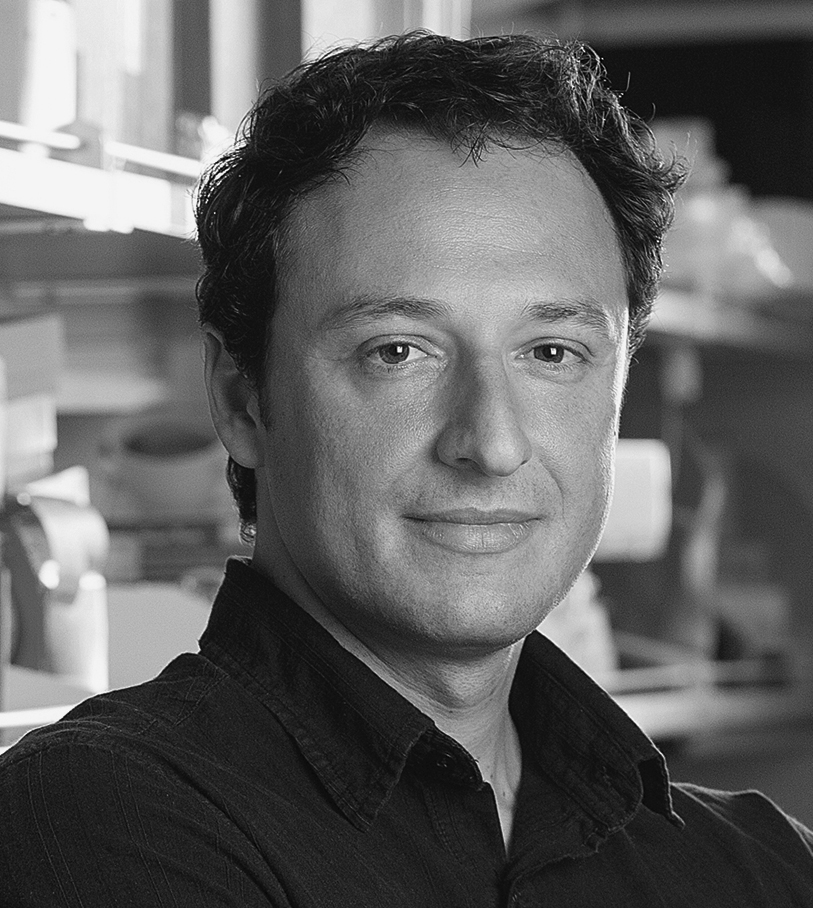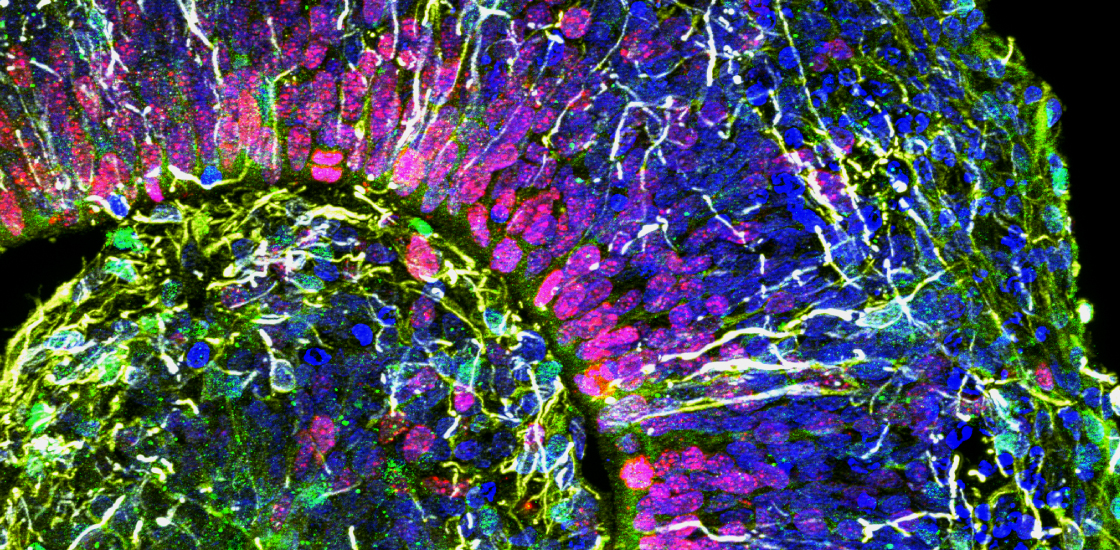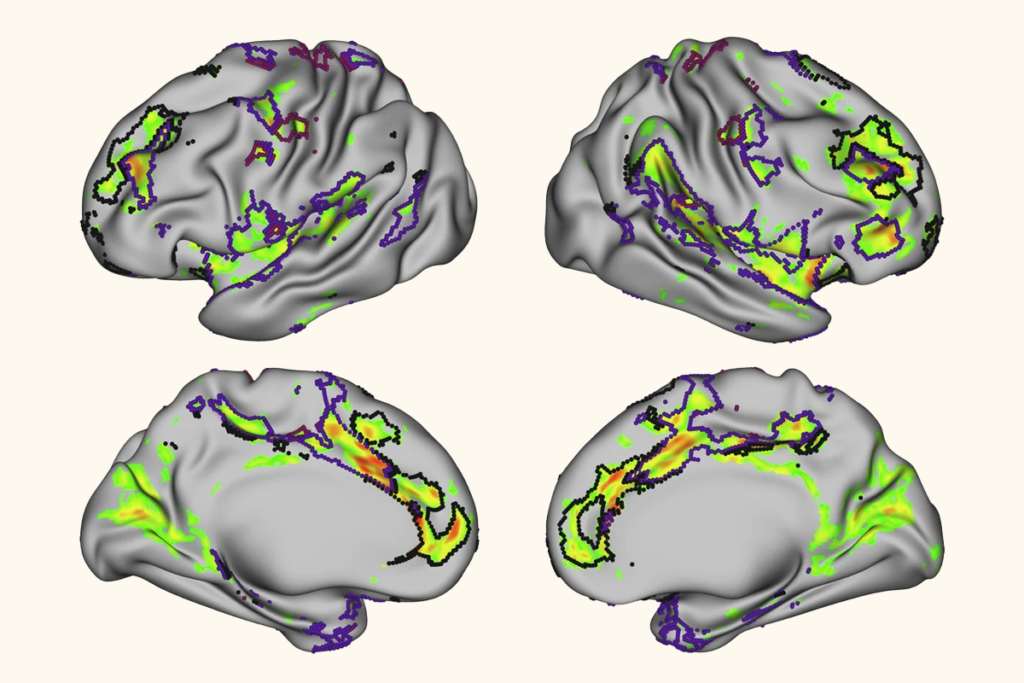Alysson Muotri is professor of pediatrics and of cellular and molecular medicine at the University of California, San Diego. He also co-directs the Stem Cell Program at the university’s Moores Cancer Center.

Alysson Muotri
Associate professor
University of California, San Diego
From this contributor
With tweaks, brains in a dish may yield clear clues to autism
‘Mini-brains’ created in a dish may reveal autism’s roots and point to treatments, but they do not yet mirror some critical features of a human brain.

With tweaks, brains in a dish may yield clear clues to autism
Questions for Alysson Muotri: Applying autism tools to Zika
Mini-brains grown from stem cells in culture can reveal the effects of both autism and the Zika virus on early development.

Questions for Alysson Muotri: Applying autism tools to Zika
Explore more from The Transmitter
The BabyLM Challenge: In search of more efficient learning algorithms, researchers look to infants
A competition that trains language models on relatively small datasets of words, closer in size to what a child hears up to age 13, seeks solutions to some of the major challenges of today’s large language models.

The BabyLM Challenge: In search of more efficient learning algorithms, researchers look to infants
A competition that trains language models on relatively small datasets of words, closer in size to what a child hears up to age 13, seeks solutions to some of the major challenges of today’s large language models.
‘Ancient’ brainstem structure evolved beyond basic motor control
The human red nucleus may also help coordinate action, reward and motivated behavior, a new study suggests.

‘Ancient’ brainstem structure evolved beyond basic motor control
The human red nucleus may also help coordinate action, reward and motivated behavior, a new study suggests.
Reporter’s notebook: Highlights from INSAR 2025
The annual meeting brought autism researchers, advocates and clinicians to Seattle to discuss the latest research, including attempts to define subgroups, a potential new CHD8 macaque model and life expectancy gaps.

Reporter’s notebook: Highlights from INSAR 2025
The annual meeting brought autism researchers, advocates and clinicians to Seattle to discuss the latest research, including attempts to define subgroups, a potential new CHD8 macaque model and life expectancy gaps.